Dance is an art form and has always been a method for people to express themselves via music, culture, or history. We’ve seen its progress from jazz, waltz, and tango to viral dance moves like the Whip and Nae Nae, Gangnam Style, Fortnite Dance, and more.
The 1960s saw a massive rise in ‘Dance Culture’ where it became a prime-time entertainment than a ritual. In this era, dancing was heavily influenced by artists such as Nat King Cole and The Beatles. Dances like the hustle, the YMCA, and soul train lines were famous during the vibrant, brilliant, soulful disco era of the 1970s. Everyone was on their toes during these lively times.
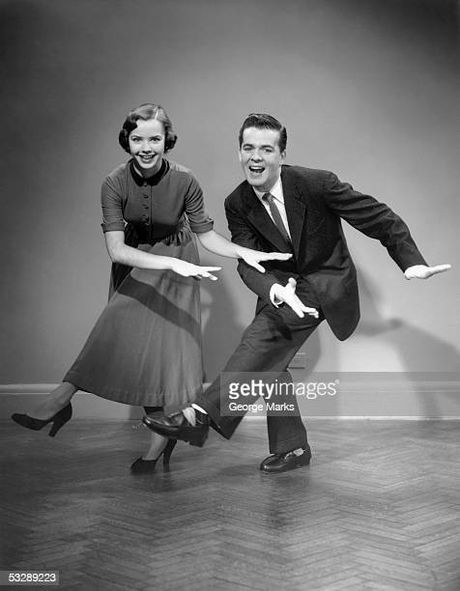
The 1980s gave rise to break dancing, hip hop and line dancing which affected dance culture enormously to this day. Michael Jackson dominated the 80s and 90s were dominated by Michael Jackson, whose ‘Moonwalk’ was accepted globally, and the legend still lives on today. In the 2000s, we had the Krump, Crank that, and Single Ladies and in the early 2010’s we had moves like Dougie, The Stanky leg, Nae-naeing, The Dab, Carlton Dance and who could forget the iconic Gangnam Style from Korea that broke the Internet.
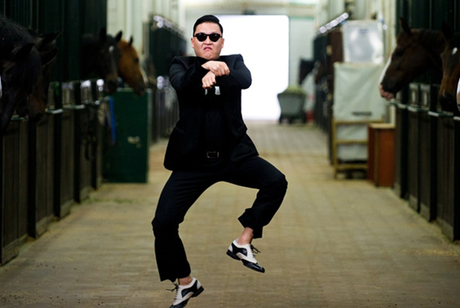
However, things changed drastically for the ‘dance world’ in a way that no one could have predicted. In 2018, the then lip-syncing app merged with its Chinese parent company to form a new app called ‘TikTok,’ which took the world by storm. Soon restrooms, bathroom mirrors, backyards and street footpaths became the new ‘dance floor.’ It’s developed an online environment where short, homemade dancing videos become popular, boosting the remix culture. It has an impact on everything from the music that musicians produce to what professional dance teachers teach.
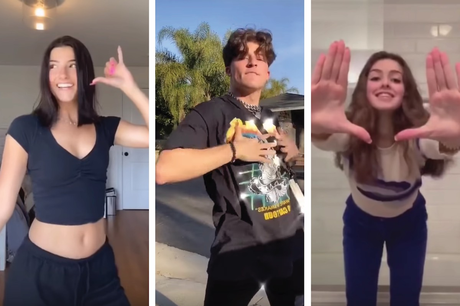
So how did TikTok transform the prevalent art form into what we observe today?
History of TikTok
Despite becoming mainstream in 2018, TikTok has become the most downloaded social media app ever. The pandemic and the subsequent lockdowns created by it only added to its success. It is also termed ‘The GenZ’s tool of expression’ as it is viral among teenagers and young adults in their early twenties.
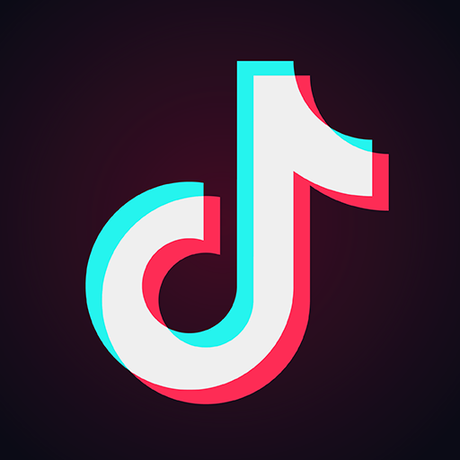
TikTok, formerly known as ‘Musical.ly’, was created when the former merged with its Chinese counterpart, ‘Douyin’, in 2018. But what exactly is TikTok? TikTok, originally Musical.ly, is a video streaming and sharing software that allows users to create 15-second clips on any theme. The app includes a variety of filters, monologues, music, and other tools to enable users to create entertaining and engaging videos. What sets TikTok apart from Musical.ly? Although the core premise is identical, TikTok allows for more content development. While there are several tools for creating videos, knowing when to publish on Tik-Tok is equally crucial for influencers. TikTok’s popularity has increased dramatically after its rebranding, with around 800 million monthly active users.
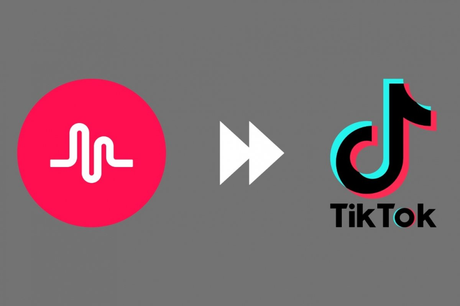
Users do not need an account to watch clips on TikTok; they will be prompted to register if they wish to like, comment, customise their feed, or contribute their video content. TikTok, like other social media networks, requires users to be at least 13 years old, while no comprehensive age verification system exists. When signing in for the first time, the user will be prompted to provide their email address, Google account, or link TikTok to one of their other social networking accounts, such as Facebook or Twitter.
The user will be dropped instantly into the newsfeed after submitting their date of birth and selecting the topics they’re interested in — such as sports, pop culture, music, or gaming. Unlike most of its rivals, TikTok does not compel users to contribute any information to their profiles: they are given a user number, but they may choose whether or not to add a name, profile photo, or any other personal information. Users have total creative control over the content they create. Making a video is simple, and there are various options for enhancing the clip, such as filters, effects, text, and stickers.
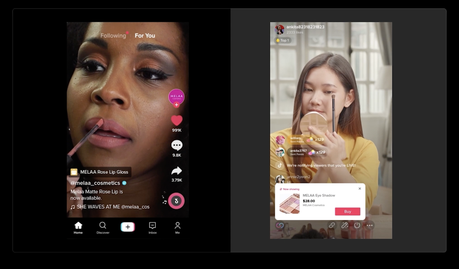
Rise of TikTok communities and influencers
Soon TikTok started dominating the social media environment. Short videos became the most famous content format, and many TikTok videos were shared on Instagram, Facebook and Whatsapp. Users on TikTok started forming communities such as #BookTok, #FoodTok, #Gymtok and obviously the most viral one, #DanceTok.
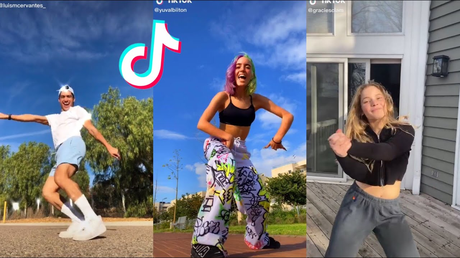
Thanks to the very entertaining and engaging algorithm on the app’s For You tab, many of us have been subjected to hours of scrolling or even purchased a product from #TikTokMadeMeBuyIt. Niche humor has become commonplace in mainstream discussion. And the app’s plethora of subcultures is eerily similar to real-life societies. Influencers on TikTok are an essential part of the app’s success. This year, the influencer marketing sector is anticipated to be worth $13.8 billion.
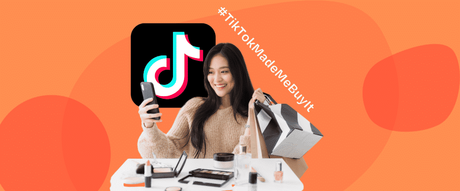
Then we have the influencers, who probably have more mainstream ‘influence’ than any other social media influencers. Take the case of the 18-year-old Charli D’Amelio, who started her career as a TikToker when she was only 15. This teenage dancer is the app’s most famous user, and she’s a founding member of the Hype House. D’Amelio became renowned for her dancing abilities, promoting dances such as the Renegade, a viral dance choreographed by fellow influencer and choreographer @jalaiahharmon.
Do you want to download your favorite dance videos from TikTok? Then, check out this Download Video TikTok. Use this TikTok Downloader to download TikToks and share it with your family and friends.
Aside from her dancing videos, the youngster works with companies representing her hobbies and ideals daily. She’s collaborated with UNICEF to develop anti-bullying content, and she’s releasing a new makeup range with Morphe. Then we have Khaby Lame, Ashley Yi, Clare McLaughlin, Wisdom Kaye etc. These influencers have had a significant impact on the mainstream culture where they have appeared in events such as Superbowl, Cannes Film Festival, Vogue Fashion Week etc.
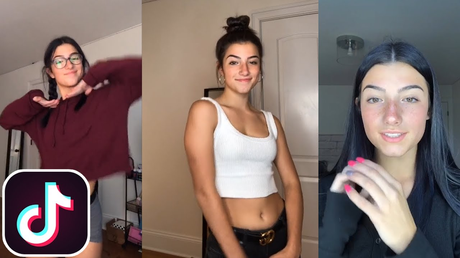
Dance Culture and Present
While TikTok has reshaped the ‘Dance Culture,’ it has its limitations. Due to the vertical format of TikTok videos, the featured dance moves mainly involve the upper body than the lower body. Therefore the most common dance genre in the app is loosely based on Hip-Hop. Other dance forms, such as Tango, Waltz and break-dance, are rarely seen on the app. The loose element of hip hop music and dance is more likely to go viral on TikTok than more rigorous dance disciplines like ballet and Irish dancing.
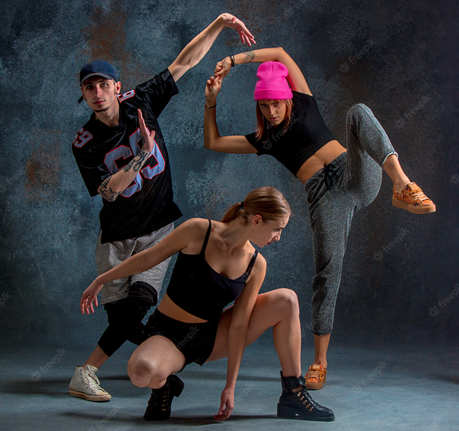
If your dance moves on TikTok are original and catchy, there is a high chance that they will go viral. One of the most robust features of the app’s algorithm is that it is easier for you to get noticed regardless of your followers count. The app has become a tool that mobilises, inspires and connects people globally through dance, and the fact that it is open to all makes it easier for people to re-invent it. Songs like Yonce, released in 2014 and Woman by Doja Cat became popular once again as they began to be used by influencers on TikTok. Many professional dancers whose careers span decades start joining TikTok, especially after the Covid-19 lockdown.
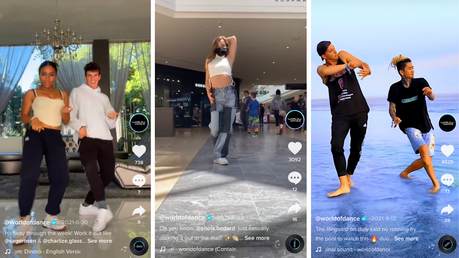
Every booming TikTok dance trend has a few key elements: the background music is upbeat—a pop, hip-hop, or afrobeats song—the choreography is tightly linked to the lyrics or the rhythm, and the movements are complex enough to require skill and practise, but simple enough that almost anyone can do it. The greatest of #DanceTok is original and flexible; it’s a foundation that dancers may repeat and riff on while adding their twist.
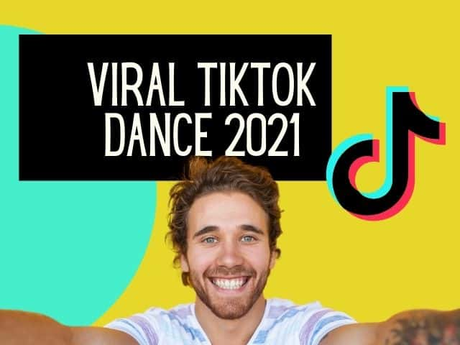
#DanceTok, a community of users who develop and share bits of choreography set to popular music that become viral dance trends, is perhaps the most natural fit for the site. The app’s short-form, highly visual format, and algorithms that serve material in a way that leaves viewers wanting more, have paved the way for TikTok to become a virtual dance club. Dancers inspire and riff off one another, altering the face of popular dance. However, in a world where becoming viral pays, there is both creative rivalry and community, and not all TikTok dancers are given their due.
Conclusion
TikTok is rapidly changing the environment in the dance industry. Nowadays, TikTok profiles have become a more suitable resume for those applying for jobs as a dancer. Big clubs and studios are more likely to hire performers with a massive following because that promotes their establishment.
It is pretty remarkable that the app has made the art of dancing accessible to everyone. We should appreciate that it has allowed people to loosen up, be more confident in themselves, and dance the way they like. Dance should not be restricted to people just because it is an art form; it should be able to liberate people as a form of self-expression, and no other studio, reality show or artist has done a better job of showing it than TikTok.
